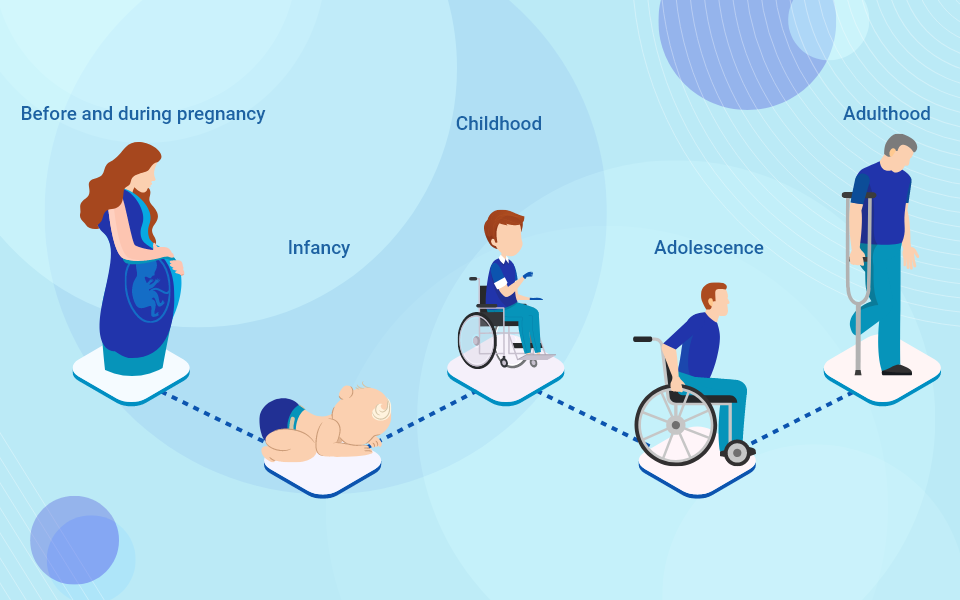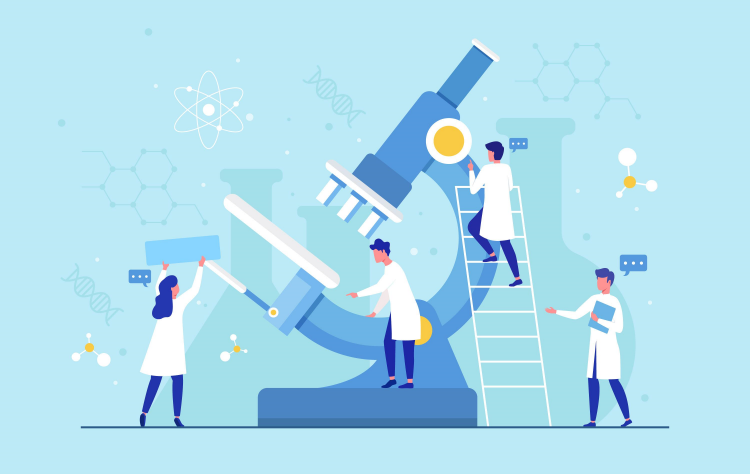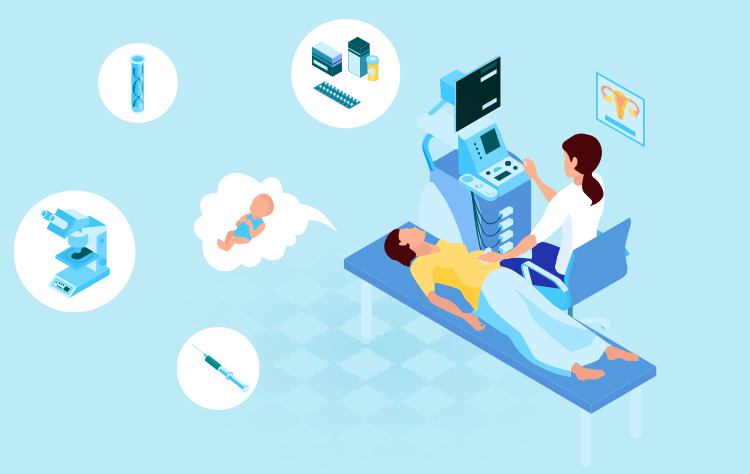
Introduction
Bringing a new life into this earth is a life-transforming experience right from the planning, conception, prenatal and post-natal care. As rightly said, every achievement comes with its own challenges. The first signs of life-bearing may lift the spirits of parents to be, at the same time can be a cause of alarming thoughts. Thanks to modern-day imaging and diagnostic techniques, expecting parents are well-aware of the pre-birth growth milestone achievements and the existence of child-birth defects if any.
National Birth Defect Awareness Month – Importance and reasons to mark a month
Every year, January is celebrated as National Birth Defect Awareness Month by CDC. The question in place arises why an entire month is devoted to a cause like National Birth Defect? This is to increase the awareness of birth defects and their impact on our society.
Statistical data about birth defects
- Birth defects affect one in every 33 babies (about 3% of all babies) born in the United States each year.
- Birth defects are the leading cause of infant deaths, accounting for 20% of all infant deaths.

What causes child birth defects?
Child-birth defects can happen due to a variety of reasons, like lack of proper intake of folic acid during pregnancy, acquired infections, the severity of health conditions like higher levels of diabetes and hypertension, consumption of alcohol, drugs, smoking, etc. Though these reasons do not exhaust the list but give a glimpse of the causes of child-birth defects.
Some common types of natural child birth defects
- Congenital Heart Defects – These birth defects exist right during birth and affect the physiology and anatomy of the heart. A very common kind of birth defect which, but with the improving standards of medical treatment and healthcare services, infants with Congenital Heart Defects are showing increased life spans and leading healthy lives.
- Down Syndrome – Down Syndrome is a birth defect in which a child is born with an extra chromosome. Also referred to as trisomy 21, the extra chromosome changes the course of growth and development of a baby’s brain. This in turn challenges the upbringing of the baby with a lot of mental, physical, and emotional roadblocks for the child and parents. Apart from external abnormalities like facial features, poor coordination of muscle and joints, the affected child may also develop medical problems like hearing loss, ear infections, eye defects, etc.
- Muscular Dystrophy – A type of genetic birth defect leading to muscular frailness. As there are different types of muscular dystrophy, early detection and treatment are very necessary. Some of the different types are Duchenne Muscular Dystrophy (DMD) and Becker Muscular Dystrophy (BMD), Myotonic, Limb-Girdle, Congenital, etc.
How to prevent and treat birth defects?

Early intervention is a tool that never fails in any challenge of life. Birth defects are no exception. Advancement in ultrasound technology, fetal echocardiogram, prenatal diagnostic testing has enabled early identification and the necessary course of treatment. Prenatal genetic testing precisely helps in identifying genetic birth defects during pregnancy.
National birth defect prevention month activities
As responsible citizens, it is a collective goal to spread awareness of birth defects with the right information and strategy. Though all kinds of birth defects cannot be prevented, a strategy in place would be beneficial.
- A well-knit plan in advance – The likelihood of having a baby born with these birth defects can be minimized by following a prescribed diet comprising 400 gm of folic acid (Vitamin B) one month prior to and during pregnancy. Folic acid is easily available in fortified food like eggs, fruit juice, milk, yogurt or dietary supplements, or a balanced combination of both.
- Say no to alcohol – The prime cause of Fetal Alcohol Spectrum Disorders (FASDs) is the consumption of alcohol during pregnancy. Every type of alcohol is equally harmful. It is important for women who are trying to conceive or are already expecting to stop alcohol consumption immediately. Continued alcohol consumption during pregnancy leads to miscarriage, stillbirths, and many other kinds of physical, behavioral, and intellectual disabilities.
- Lifestyle changes – Even before planning a pregnancy, it is very important that the couple as a team adopt a healthy lifestyle. Avoiding or rather quitting smoking, including passive smoking, marijuana, and other kinds of drugs is best in the interest of everybody.
- Keep a check on health conditions – Medical conditions like diabetes, hypertension, etc. Should be kept in check during the entire pregnancy as unstable conditions may lead to preterm babies with several birth defects and severe complications for women, including life-threatening scenarios.
- Guidance of a stable and long-term health care provider – Expecting mothers should be under the guidance of a healthcare provider even before the onset of pregnancy. This ensures the best advice and tips on dietary requirements, medication efficacy, and vaccination if any. Any signs of birth defect during pregnancy should be immediately brought to the notice of the healthcare provider.
Impact of technology on birth defects

1. Ultrasound – Normally known as a sonogram, it is performed during week 20, though any time can be a good time to perform as guided by the health care provider. An ultrasound may be performed for due-date verification, multiple fetus detection for complications like placenta previa or cleft palate may be performed.
2. Optional screening for birth defects – A family history of birth defects or age of over 35 may require health care provider to prescribe some optional screening for birth defects like Amniocentesis, Maternal Serum alpha-fetoprotein (MSAFP), etc.
- Amniocentesis – Normally performed during week-15 to week-18, especially for expecting mothers of the age above 35. In such cases, there is a higher risk of genetic disorders. It may also be offered to women with anomalous MSAFP or cell-free DNA test results.
- Maternal Serum alpha-fetoprotein (MSAFP) – Measures the levels of alpha-fetoprotein, the suspicious levels of which may lead to the existence of birth defects like Down or Syndrome or neural tube defects like spina bifida.
3. Non-invasive prenatal testing – Cell-free fetal test is carried as early as the 10th week of pregnancy to detect chromosomal abnormalities and down syndrome in 99% of cases.
Conclusion
Child-birth is a lifetime experience for the mother and the entire family. A healthy baby brings a smile to the new parents and the entire household. It is important to plan the pregnancy diligently, keeping in mind the physical, emotional, and financial aspects of it.
A child born with birth defects faces many roadblocks to achieving their full potential. They not only suffer from physical and mental disabilities but also go through a roller-coaster ride of emotional turmoil. To mention the impact on the family goes without saying. Let us take an active part in spreading awareness about birth defects with the right information and hope for the best for every expecting parent out there.






